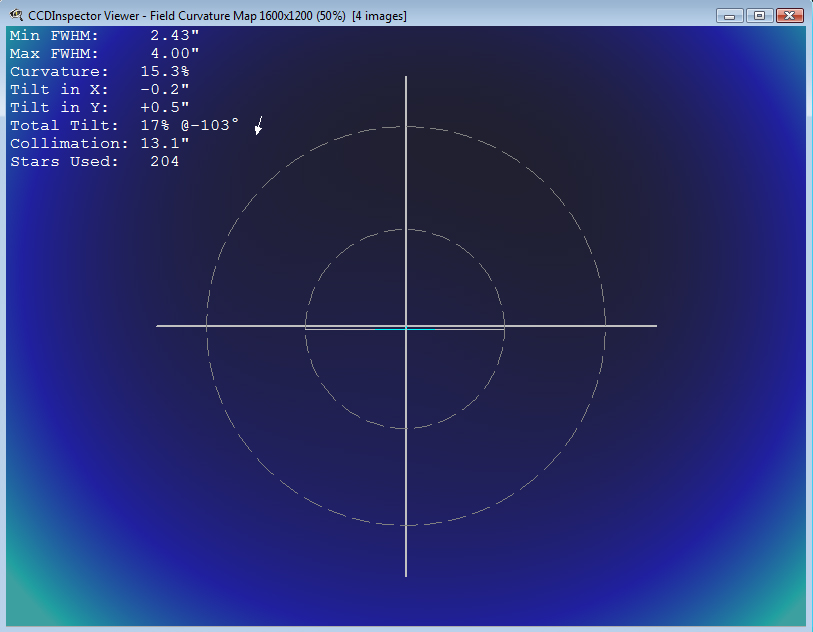
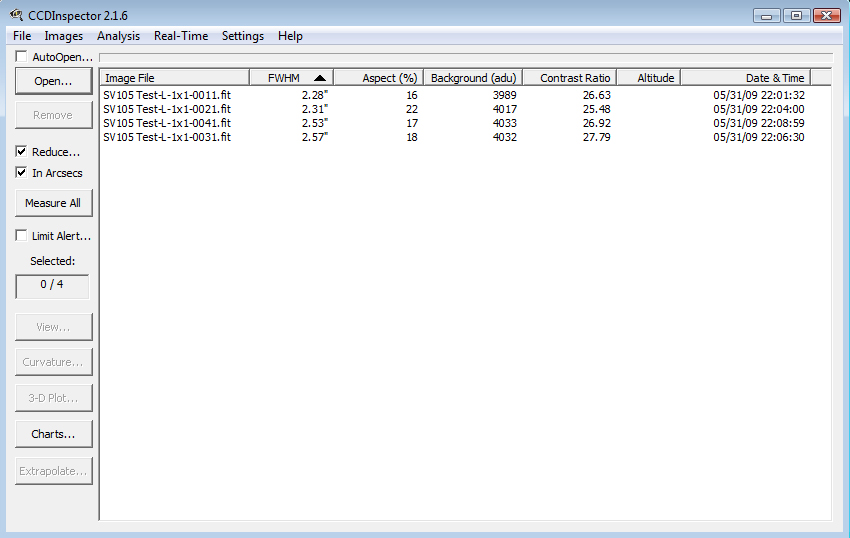
Stellarvue SV105 105/735mm OTA OPTICAL ANALYSIS
Equipment Used:
SBIG ST-2000XM CCD Camera
SBIG CFW8 filter wheel. All frames shot through Custom Scientific
(L-layer) clear filter with IR cutoff.
Stellarvue SV105 triplet apochromatic refractor. 105mm aperature/735mm focal length OTA
Factory Collimation/First Light Testing
Mount Used: Astro-Physics AP1200GTO
Optical Analysis Software Used: CCD
Inspector Software by CCDWare
Test 1: Original Factory Collimation:
CCDI analysis of Tip/Tilt, curvature, and
collimation. Note, the low star sample size may have skewed results
somewhat. |
CCDI analysis of
test frames |
Sample field stars, first light from SV105, showing some
collimation problems. Camera gravity deflection is not suspected
because the target field was at the zenith.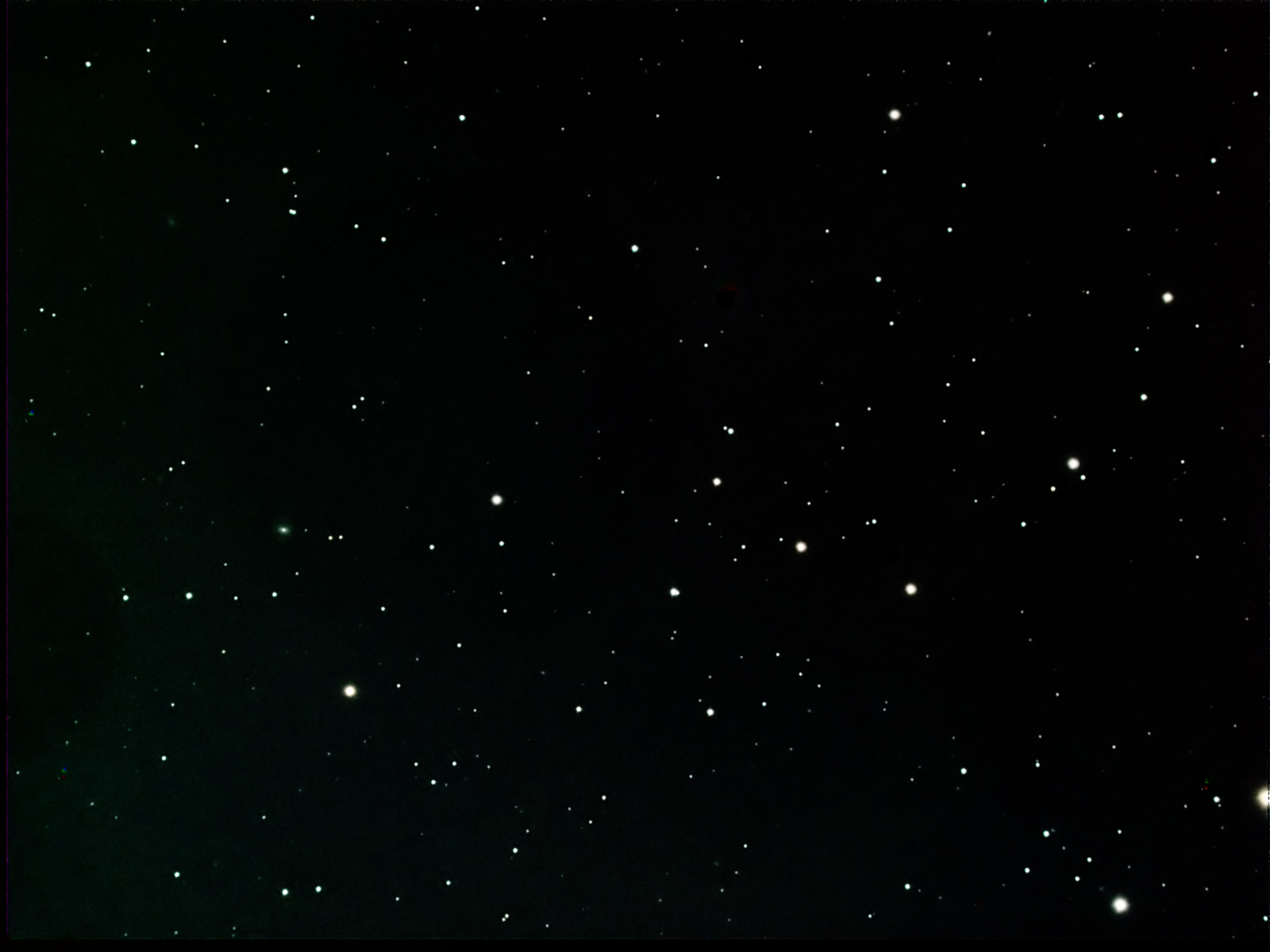 |
Test 2. July 19th, 2009, after re-collimation using Takahashi Collimator Telescope only:
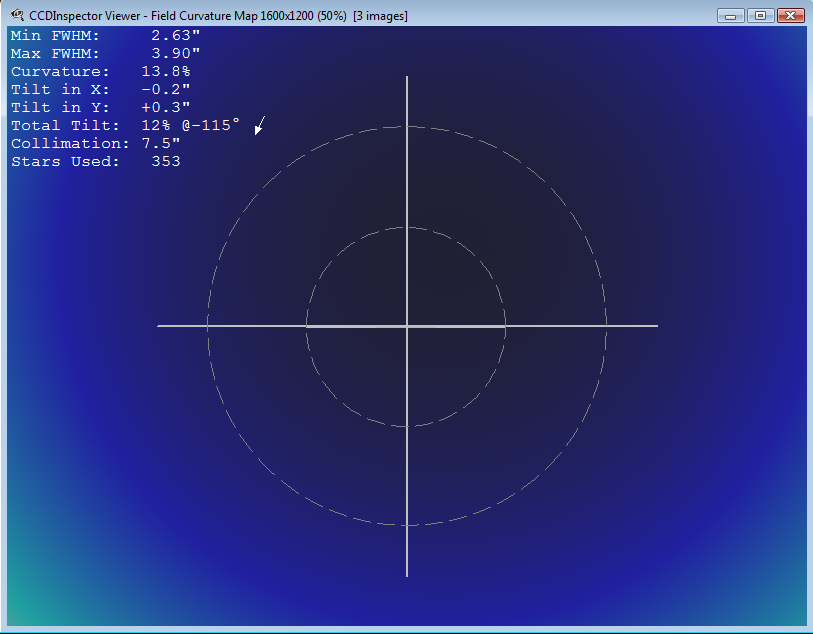
All parameters are improved after collimating the scope with the Takahashi Collimator Scope. Still not perfect though. The field sample needs more stars too, for increased accuracy of its analysis of the FOV. |
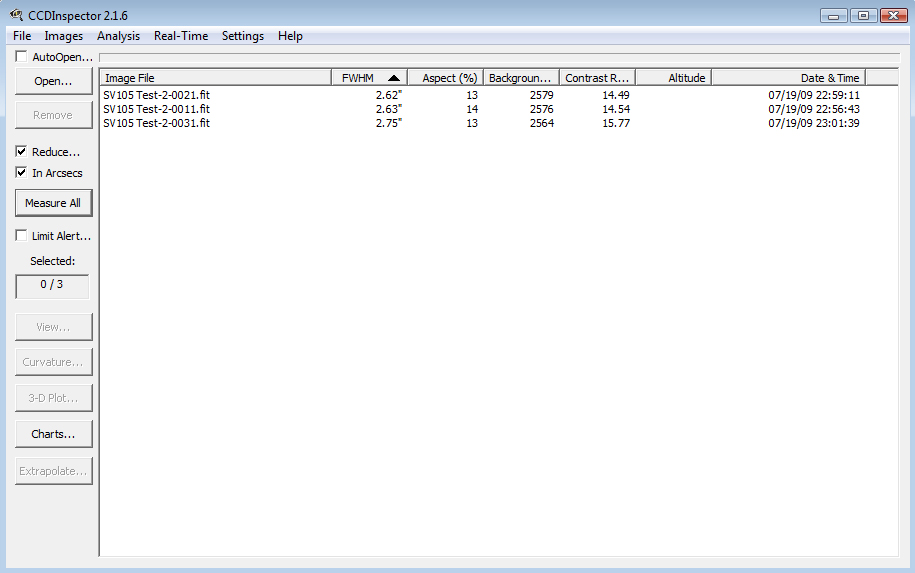 |
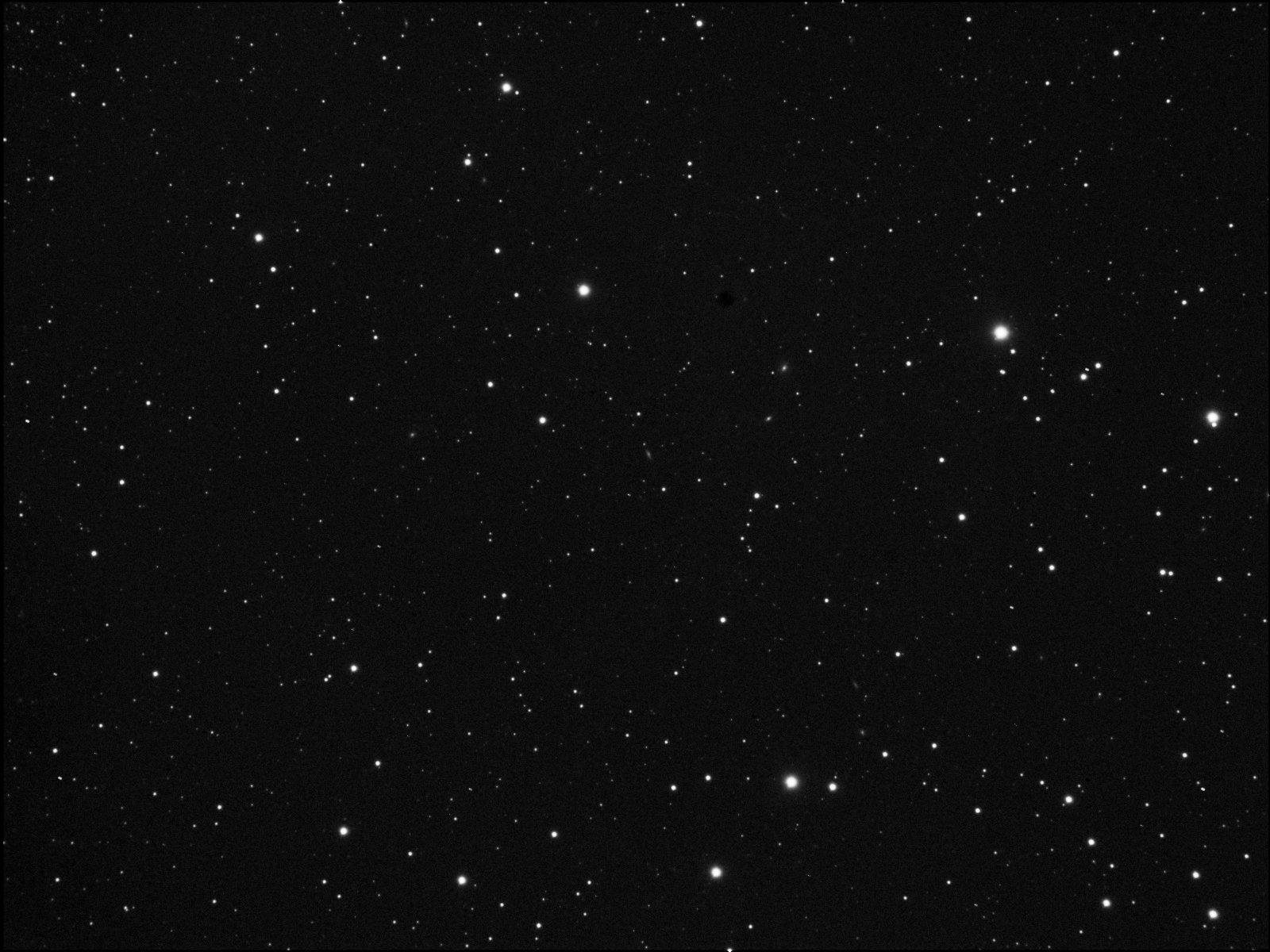
Test field showing star roundness. While the field looks
acceptable at native resolution, there are still some problems,
particularly in the lower |
|
| Images of the four corners of the test FOV. | |
|
|
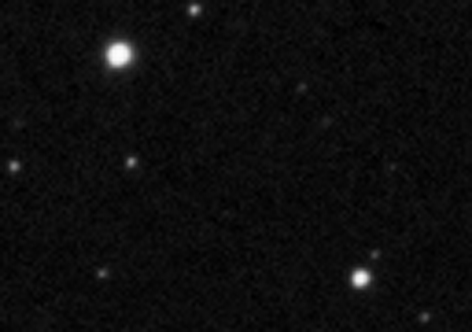 Upper right corner, magnified 400%. Shows some slight star elongation. |
|
|
|
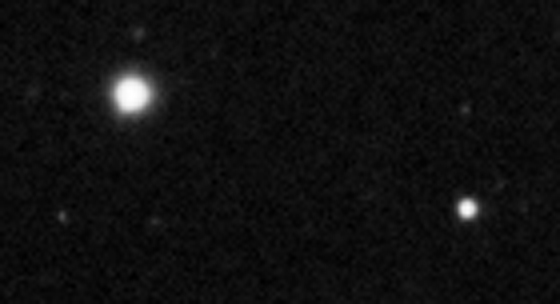 Lower left corner, magnified 400% |
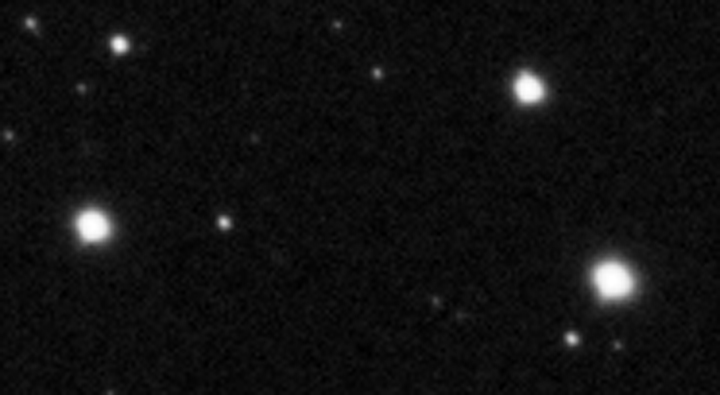 Lower right corner, magnified 400%. Unacceptably elongated stars. |
| Conclusions drawn so far. Collimation using the Takahashi Collimator Scope did improve the overall field star roundness to the point that a visual star test Barlowed at 2.5x native focal length showed essentially perfect collimation. However, the test images still show problems. Camera gravity sag is not suspected because all test fields have been imaged at or very near the zenith. | |
| NEXT STEP: Re-collimate the OTA under live star-test conditions, using CCDI software. | |
| FINAL COLLIMATION, 7/27/2009:
Collimation was re-checked and adjusted using the Takahashi Collimator
Scope. What worked best with the TCS was to focus on the rearward
two reflections and match up the dark central donuts laterally and up and down to make the two central donuts overlay exactly on top of each other and also make the lighter outer "teardrop" regions around the central donut of each reflected focus zone as symmetrical with each other as possible even though the brighter regions of the reflections do not overlap much . The TCS focusing sleeve was pulled outward until the middle reflection was just going out of focus and the rearmost reflected pattern was just coming into focus. The sleeve pullout was adjusted to make these two reflection patterns BOTH appear at the same time. Then collimation was adjusted to make tbe two "melded-together" reflection patterns as symmetrical and exactly overlaid with each other possible. CCDI software was then used to check the re-collimation results. See below for results. |
|
Graph shows that very careful use of the TCS resulted in perfect collimation of the refractor's
optical path.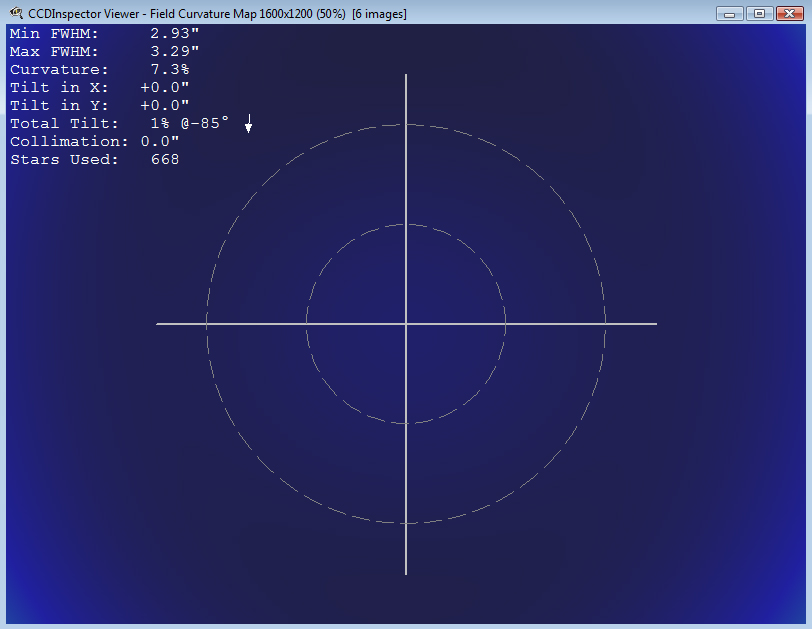 |
Data collection showing
statistics of the frames that were analyzed.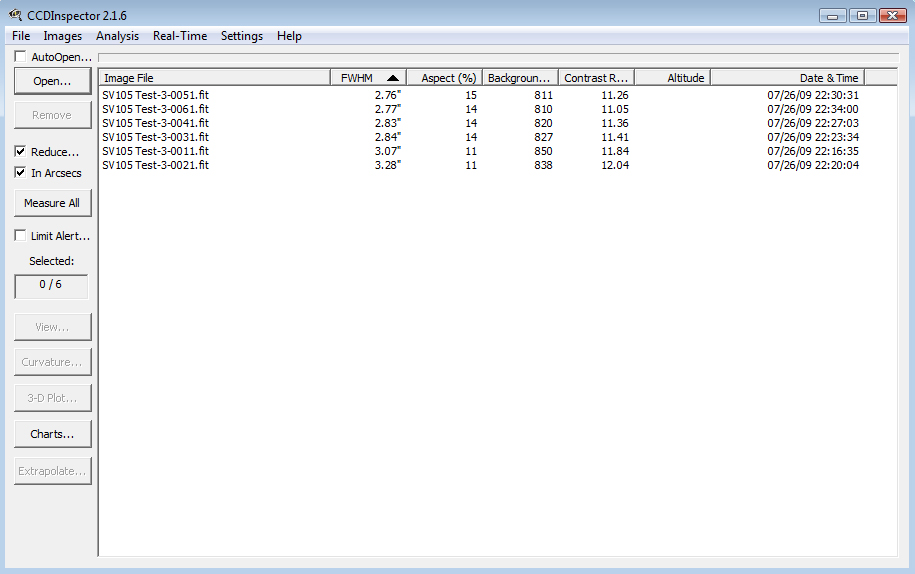 |
Field curvature of the SV105
was extremely low on the test 14mm diameter central imaging circle.
These results indicate that a field flattener is not required to get round
stars on a camera that uses a 14mm imaging circle.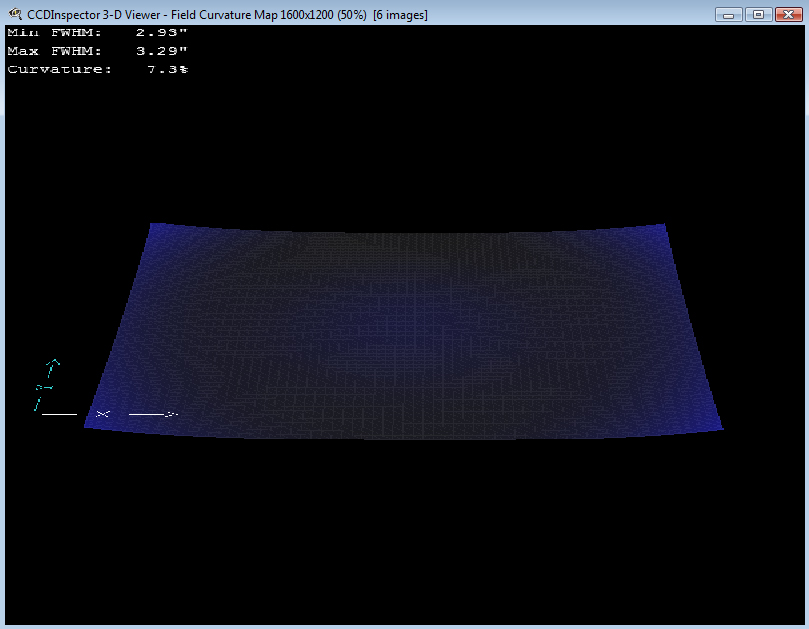 This is the view through the Takahashi Collimator Scope that
produced the final excellent collimation results. |
Test star field shows basically nice round stars after
final collimation with the TCS. Some very slight star elongation
could still be seen in the lower right extreme corner of the test field
when resolution was blown up to 400%. But at native resolution, the
star elongation could not be seen visually.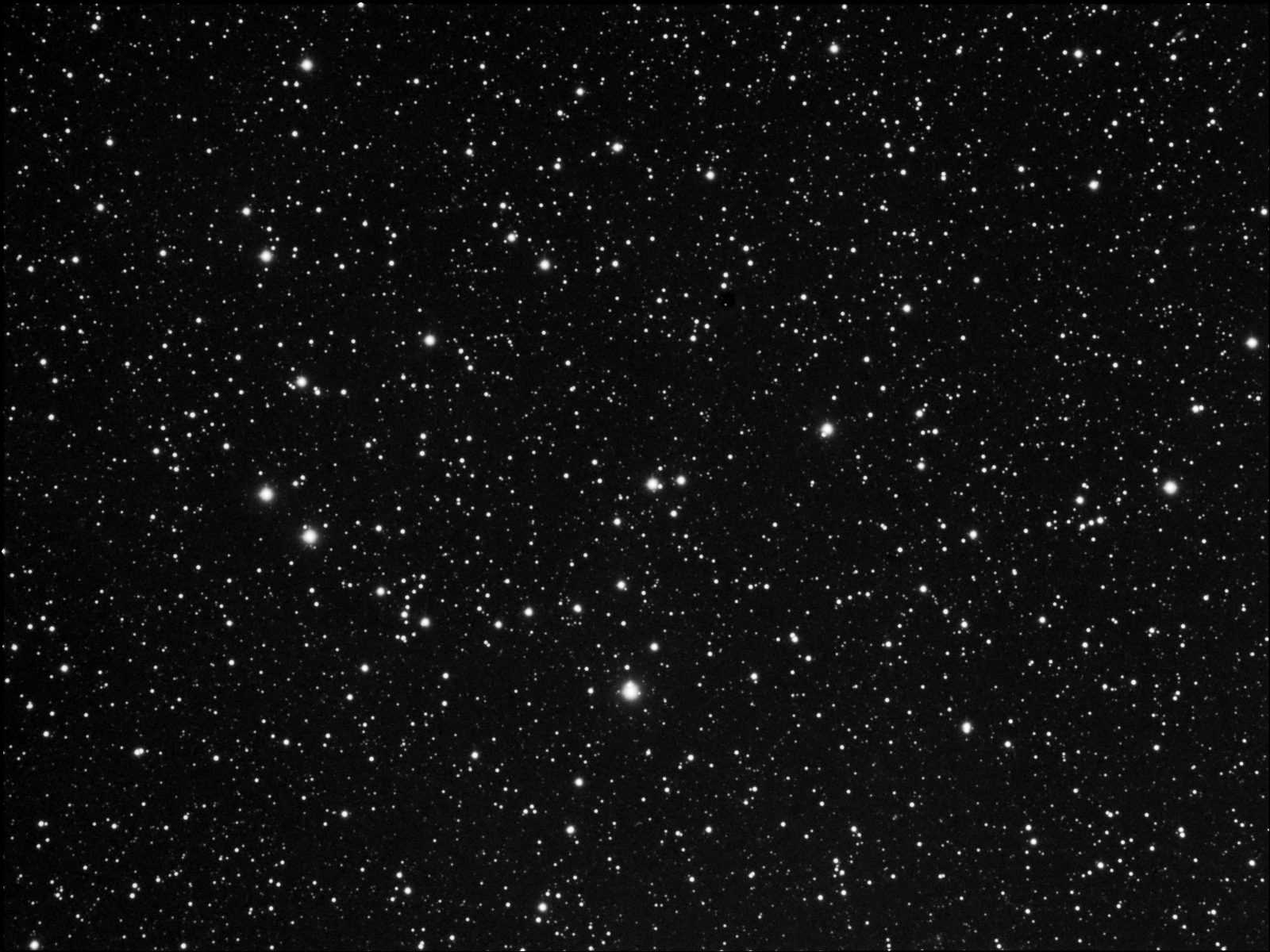 |
Wade Van Arsdale
Little Rock, AR., USA
July 27th, 2009